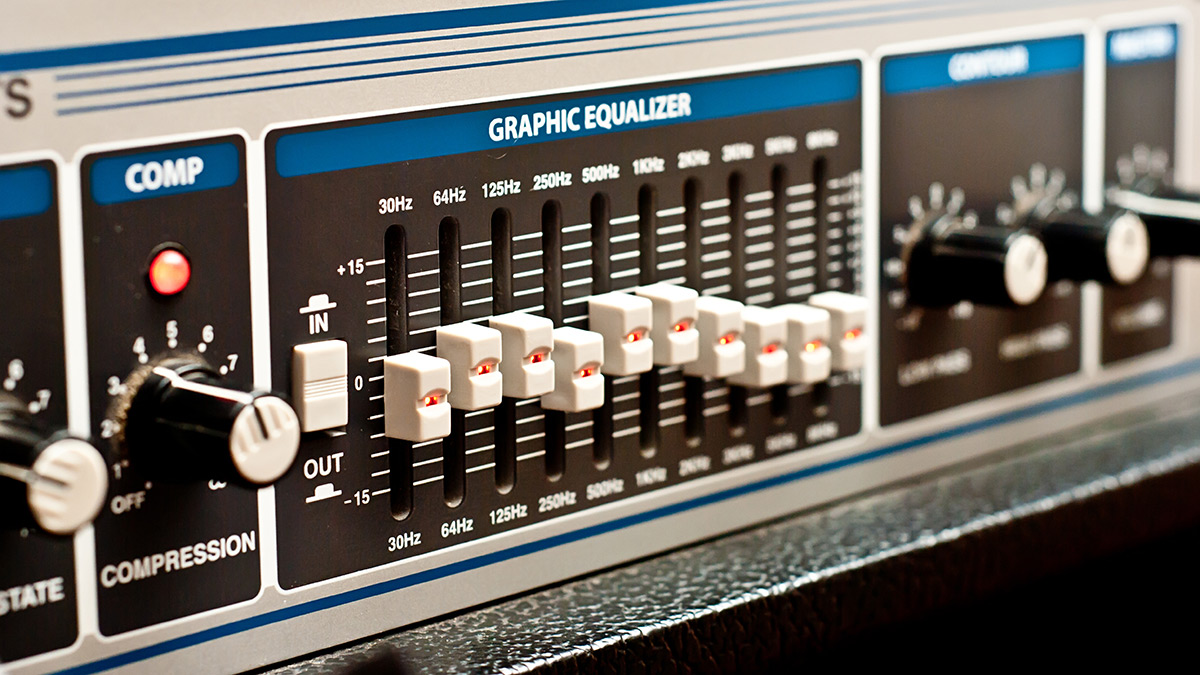Five Important Points To Consider When Reaching For The EQ

EQing is arguably the most important part of the mixing process – and it's also probably the hardest aspect of mixing to get right. Below, we highlight five different points that you should consider when reaching for that EQ. For hands-on practice use our EQ Ear-Training tools in the EQ Playground.
1.Trike A Balance
The primary reason that EQ is important is not that it can be used to make each individual instrument sound better. This is certainly an important way that EQ can be used and we discuss it further on point five.
However, the most important thing that EQ can achieve is to create a balance between all of the different elements in your mix. If one element in your mix has a lot of energy at a certain point on the frequency spectrum, then it will stop you from hearing what other instruments are doing in that range – this is called 'frequency masking'.
There is no point in EQing an instrument to sound great on its own – as people will never hear it that way. You need to adjust the EQs on your different mix elements so that they all sound good together. Try to prevent masking, and carve out a space for each instrument, somewhere on the frequency spectrum.
2. Add Your Instruments Into The Mix In Order Of Importance
If you do this, then you will have to mess with EQs less on the important elements. First, take all your faders all the way down. As you then bring up each fader in turn, try to figure out whether there is a level at which the instrument both slots into the mix without masking another element and allows you to hear all of the frequency information you need without touching an EQ. If you can do this, then move on. If, however, you find that you are masking some audio information from one of your more important tracks, use EQs to rectify this issue.
3. Avoid Graphic EQs When Mixing
Graphic EQs are quick and easy to use. They work very well on hifis or in a live music setting where you may need to find a very quick solution to an EQ problem. Unfortunately, they just don't have the accuracy of parametric EQs and they can lead to increased phase/resonance problems. When mixing, you are better off sticking to parametric EQs if you can.
4. Try To Cut, Not Boost
This all has to do with the fact that we tend to think that things sound better if they are louder! If we apply an EQ boost to a track, we'll automatically think it sounds better as it gets louder – even though we may not have our EQ settings quite right. If you use cuts instead, you are automatically biased against the changes you are making as the sound will get quieter.
This means that when the mix starts to sound better through cuts, you'll know you are on the right track for sure! If you need to, remember you can always bring your fader up after the cuts have been made.
5. Rules Are There To Be Broken…
Earlier on, we mentioned that EQ can also be used to 'improve' the sound of an instrument. Judgement on this kind of thing is purely a matter of taste – there is no technical 'right and wrong' as there is when you are trying to clear up masking issues. Because of that, when you are trying to make an instrument sound 'better', all the rules go out the window – do whatever you feel is right. Just remember that when you try to slot the instrument into your mix, all the above rules do apply again!
Don't miss our EQ Ear-Training tools in the EQ Playground.



Comment on this post on SoundGym Community